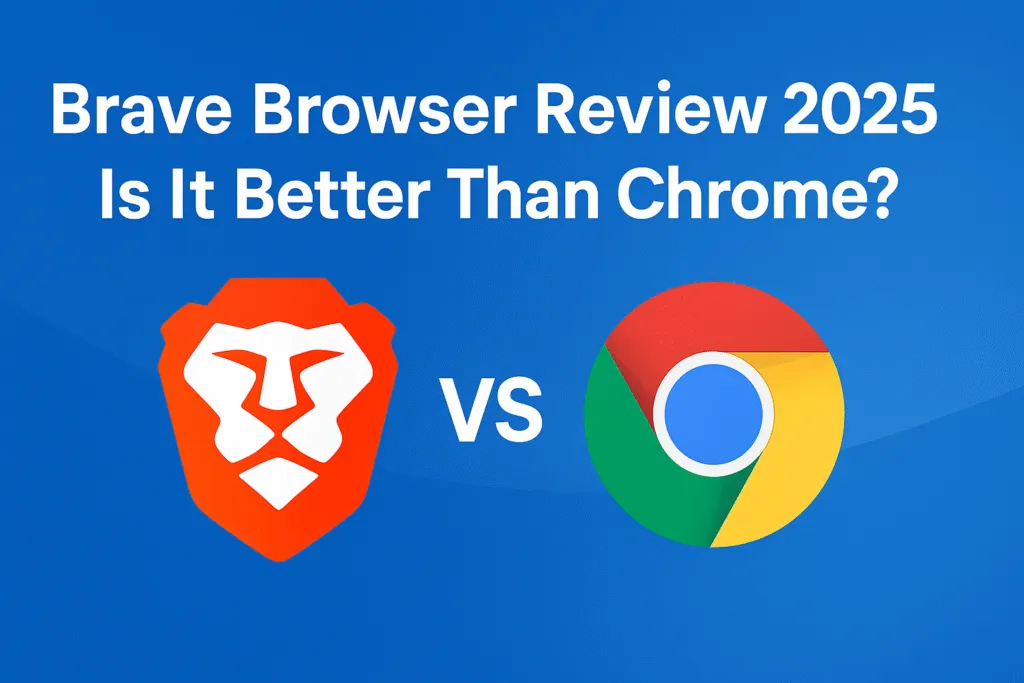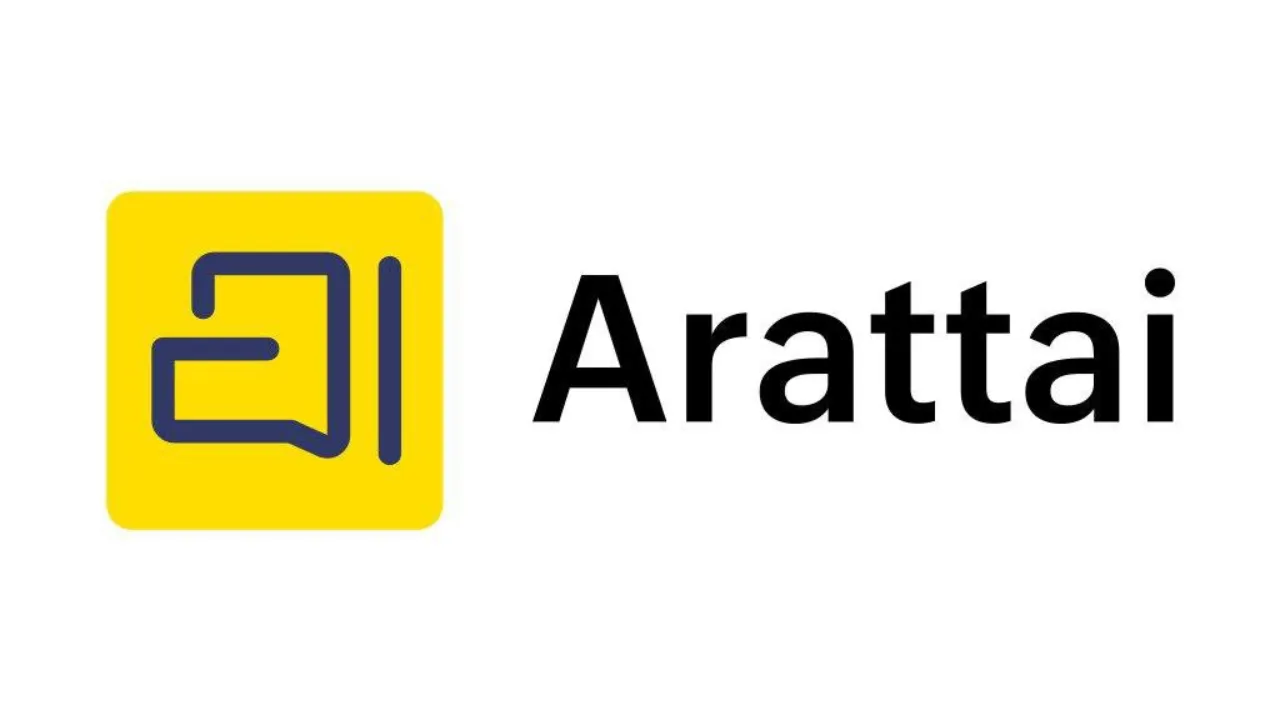Introduction: Why People Are Switching to Brave Browser in 2025
In a time when online privacy is more important than ever, the brave browser is quickly becoming the top choice for users who want speed, control, and protection. With growing concerns around data tracking, ads, and slow performance, more people are looking for an alternative to browsers like Chrome and Firefox. That’s where Brave stands out.
The brave browser is built for privacy from the ground up. It automatically blocks ads and trackers, giving users a faster and cleaner browsing experience. Pages load quicker, devices use less data, and users enjoy a distraction-free internet. But Brave doesn’t stop there—it rewards users with BAT (Basic Attention Token) cryptocurrency when they choose to see privacy-respecting ads. It’s a win-win: better privacy and a chance to earn.
What’s even better is that Brave runs on the Chromium engine, just like Chrome. This means users can enjoy their favorite Chrome extensions without sacrificing privacy. The browser also offers features like private browsing with Tor, in-depth tracking controls, and sync between devices.
In 2025, when people are finally starting to take digital privacy seriously, the brave browser is becoming more relevant than ever. It’s not just about browsing the web—it’s about taking back control. Whether you’re a casual user or a tech-savvy professional, Brave offers something that’s hard to ignore.
This blog will guide you through everything you need to know—from its core features to a full comparison with Chrome—so you can decide if Brave is the right browser for your needs in 2025.
What Makes Brave Unique
The internet has become crowded with trackers, pop-ups, and ads that slow down your device and invade your privacy. What makes the brave browser unique is its strong stand against all of that. It’s not just another browser with flashy features—it’s a complete shift in how browsing should feel in 2025.
From the moment you install it, Brave blocks all unwanted ads and trackers by default. You don’t need to install any extra ad-blocker extensions—it’s built right in. This not only speeds up your browsing but also reduces data usage, making it ideal for both mobile and desktop users. Pages load noticeably faster, even on slower connections.
Another unique aspect of the brave browser is its built-in reward system. Brave gives users the option to earn BAT (Basic Attention Token) simply by choosing to see a few minimal, non-intrusive ads. These ads respect your privacy and don’t track your behavior. It flips the advertising model by giving power back to the user.
Privacy is at the heart of everything Brave does. It offers features like Shields for real-time ad and tracker blocking, fingerprinting protection, and even private browsing with Tor. These tools ensure that your data stays yours—unlike many browsers that quietly collect and sell user information in the background.
Despite all these privacy-focused features, Brave doesn’t compromise on performance or usability. It supports all Chrome extensions, has a clean user interface, and syncs across devices with ease. Whether you’re working, streaming, or researching, Brave stays fast and reliable.
In short, the brave browser isn’t just another Chrome alternative—it’s a powerful tool for anyone who wants to browse the web faster, safer, and with more control. That’s what makes it truly stand out in a crowded market.
Brave vs Chrome: Key Differences
When comparing web browsers in 2025, the battle between Brave browser and Google Chrome stands out. Both are built on the Chromium engine, meaning they look and function similarly on the surface. But under the hood, they serve very different purposes. Understanding these key differences can help you decide which one fits your browsing needs better.
The most obvious difference lies in privacy. The brave browser blocks third-party ads, trackers, and cookies by default. Chrome, on the other hand, allows most trackers unless you manually change settings or install an extension. This makes Brave the better choice for users who value privacy and don’t want to be followed around the internet.
Speed is another area where Brave leads. By cutting out ads and trackers, pages load much faster on Brave compared to Chrome. It also uses less memory, which helps if you’re multitasking or working on a low-end device.
When it comes to rewards, Brave does something Chrome doesn’t offer at all. The brave browser allows users to earn BAT tokens (a form of cryptocurrency) for viewing privacy-respecting ads. Chrome earns money from advertisers but doesn’t share that with users. Brave gives you a say in how your attention is used—and rewards you for it.
In terms of features and compatibility, both browsers support the same extensions from the Chrome Web Store. So if you’re switching from Chrome, you won’t lose your favorite tools. The interfaces are also quite similar, making the transition smooth.
Ultimately, the brave browser is for users who want speed, privacy, and rewards. Chrome is still powerful, but its focus on data collection and ad revenue makes it less appealing to privacy-conscious users. If you’re looking for a browser that puts you in control, Brave clearly stands out.
How BAT Rewards Work in 2025
One of the most unique features of the brave browser is its built-in rewards system powered by the Basic Attention Token (BAT). In 2025, this feature has become even more refined, offering users a simple way to earn cryptocurrency just by browsing the web.
When you use the brave browser, you have the option to enable Brave Ads. These are privacy-respecting ads that appear as small, non-intrusive notifications—never as pop-ups or banners on websites. Unlike traditional ads, they don’t track you or collect your personal data. When you choose to view these ads, Brave rewards you with BAT tokens.
You can adjust how often you see ads per hour, or turn them off completely—everything is under your control. The more ads you opt in to view, the more BAT you can earn. Typically, rewards are credited monthly, and you can manage them through the integrated Brave Rewards dashboard in the browser settings.
In 2025, Brave has also improved its wallet system. You no longer need to use third-party services to hold or withdraw BAT. The new Brave Wallet is built directly into the browser, allowing you to store, send, and even swap crypto with low fees. This makes the process seamless and secure.
You can use your earned BAT in multiple ways:
- Tip your favorite content creators
- Support verified websites and YouTube channels
- Transfer to external wallets or convert to other cryptocurrencies
The brave browser rewards system is a bold move toward a more user-first web. Instead of being the product, users become participants—and get paid for their attention. It’s a small but powerful step in changing how the internet economy works, giving real value to your time online.
Privacy First: Brave’s Core Strength
In 2025, online privacy is no longer optional—it’s essential. That’s why the brave browser has gained popularity among users who are serious about protecting their data. Unlike traditional browsers that quietly collect and share user information with advertisers, Brave is built from the ground up with privacy as its foundation.
From the moment you install it, the brave browser starts blocking ads, trackers, third-party cookies, and even fingerprinting scripts. These are the same tools most websites use to monitor your behavior, build a profile on you, and serve targeted ads. With Brave’s Shields feature, all of this tracking is blocked in real time—without you having to do anything.
Another standout privacy feature is Brave’s support for private browsing with Tor. This adds an extra layer of anonymity by routing your traffic through multiple servers, hiding your IP address from both websites and internet providers. It’s a powerful tool for anyone looking to stay completely anonymous online.
The brave browser also avoids using third-party sync services. Instead, it offers encrypted sync between your devices without sending your data to a central server. Whether you’re syncing bookmarks, history, or settings, everything stays private and secure.
Importantly, Brave doesn’t sell your data. It doesn’t collect personally identifiable information, and even its optional ad system respects your privacy by keeping all tracking local to your device.
In a world where every click is being watched and every app is trying to track you, the brave browser offers a refreshing alternative. It gives you the tools to take back control of your online identity—without sacrificing speed, features, or usability. For users who want true digital privacy without the hassle, Brave is the browser that delivers.
Brave on Mobile vs Desktop Experience
The brave browser offers a seamless experience across both mobile and desktop, but each platform brings its own strengths and slight differences. In 2025, Brave has matured into a fully capable browser on all devices, whether you’re browsing on a smartphone or working on a desktop.
On desktop, Brave delivers the full experience with all its privacy tools, customization options, and extension support. Users can install Chrome extensions from the Web Store, manage their Brave Rewards in detail, and access advanced features like private browsing with Tor. The interface is clean, fast, and feels very familiar—especially for those switching from Chrome.
The mobile version of the brave browser is equally impressive. Available for both Android and iOS, it maintains strong privacy protections, blocks ads and trackers, and offers the same BAT rewards system. In fact, Brave is one of the few mobile browsers that lets users earn while browsing, even on the go.
Where mobile slightly differs is in customization and extension support. Due to platform limitations, you can’t install browser extensions on mobile like you can on desktop. However, Brave compensates for this by building essential privacy tools directly into the browser, so you rarely feel the need for add-ons.
The user interface on mobile is intuitive and lightweight. Navigation is smooth, pages load quickly, and the browser doesn’t hog memory or battery life. Features like sync allow users to easily transfer bookmarks and settings between devices, maintaining a consistent browsing experience.
Overall, the brave browser performs exceptionally well on both desktop and mobile. While the desktop version offers more flexibility, the mobile app is no less powerful in terms of speed, privacy, and usability. Whether you’re at your desk or on the move, Brave keeps your browsing fast, private, and rewarding.
Pros & Cons of Using Brave
Like any browser, the brave browser has its strengths and limitations. While it’s widely praised for privacy and performance, it’s important to look at both sides before deciding if it’s the right fit for your daily browsing in 2025.
Pros
- Built-in Ad and Tracker Blocking
The brave browser automatically blocks unwanted ads, trackers, and scripts—no need for additional extensions. This leads to faster page load times and a cleaner browsing experience. - Privacy by Default
Brave doesn’t collect or sell your data. Features like Shields, fingerprinting protection, and private browsing with Tor give users strong control over their online privacy. - Earn While You Browse
With Brave Rewards, users can earn BAT (Basic Attention Token) for viewing privacy-respecting ads. This is a unique and user-friendly approach to online advertising. - Faster Performance
Without trackers and ads slowing things down, the brave browser is noticeably faster than many mainstream browsers, including Chrome. - Chrome Extension Support
Since it’s built on Chromium, Brave supports all Chrome extensions, making it easy to transition from other browsers without losing functionality.
Cons
- Limited Sync Features
Brave’s sync option is privacy-focused but still lacks some advanced sync capabilities offered by Google Chrome, like syncing extensions or themes. - Website Compatibility Issues
Some websites may not function properly due to aggressive ad or script blocking. You might need to manually disable Shields on certain sites. - Learning Curve for New Users
Users unfamiliar with crypto or privacy settings might find features like BAT rewards or Tor browsing slightly confusing at first. - Fewer Native Features Compared to Chrome
While Brave is fast and private, it may lack some of the polished integrations and ecosystem services that Google provides.
In summary, the brave browser is ideal for users who value privacy, speed, and control. However, it’s not without trade-offs—especially for those deeply tied to the Google ecosystem.
Who Should Switch to Brave in 2025
The brave browser isn’t just for tech geeks or crypto enthusiasts anymore. In 2025, it’s evolved into a powerful, user-friendly browser that can meet the needs of a wide range of users. But is it the right browser for you? Let’s take a look at who will benefit the most from making the switch.
If you’re someone who values online privacy, Brave is built for you. It automatically blocks ads, trackers, fingerprinting scripts, and even third-party cookies—right out of the box. You don’t have to be a cybersecurity expert to protect your data. The browser takes care of it for you.
Content consumers and casual users will also love Brave’s ad-free experience. Websites load faster, videos play without interruptions, and your device uses less data and battery. If you’re tired of being bombarded with pop-ups and autoplay videos, Brave makes browsing peaceful again.
For those interested in earning rewards, the brave browser offers something unique: BAT tokens. If you choose to view a few small, privacy-friendly ads, you can actually get paid for your time and attention. Over time, those tokens can be used to support your favorite creators, or converted into real value.
Even professionals and remote workers can benefit. Brave supports Chrome extensions, offers advanced privacy tools like private browsing with Tor, and provides strong performance with low system impact—perfect for multitasking and work efficiency.
However, if you’re deeply tied to the Google ecosystem or rely heavily on features like Gmail integration, Drive tools, or smart syncing, Brave might not feel as tightly connected as Chrome.
Still, for most users in 2025 who want speed, security, and control over their digital life, switching to the brave browser is a smart move that’s worth trying.
Conclusion
In a time where data privacy, ad overload, and digital control matter more than ever, the brave browser stands out as a smart alternative to mainstream browsers like Chrome. It’s fast, lightweight, and built to protect users—not exploit them.
What makes Brave truly different is its balance between privacy and usability. You get built-in ad and tracker blocking, a cleaner and faster web experience, and even the ability to earn BAT rewards—all without needing extra extensions or complicated settings. Whether you’re browsing casually, working online, or just trying to escape constant tracking, Brave delivers real benefits.
In 2025, the internet has become a place where users are more aware of how their data is used. The brave browser responds to that shift by offering a more ethical and user-first approach. It’s not perfect—there are still a few limitations—but it’s a major step in the right direction.
If you’re ready to take back control of your online experience and explore a browser that respects your privacy while rewarding your time, Brave is definitely worth a try. It’s not just another Chrome clone—it’s a bold rethinking of what the web should be.
Also Read: Top 10 Canva Tips and Tricks Every Creator Should Know
FAQs
1. Is Brave browser really faster than Chrome?
Yes, Brave blocks ads and trackers by default, which reduces page load times and saves data, making it generally faster than Chrome.
2. Can I use Chrome extensions on Brave?
Absolutely! Since Brave is built on Chromium, it supports almost all Chrome extensions available in the Chrome Web Store.
3. How does Brave Rewards work?
Brave Rewards lets you earn BAT tokens by opting in to view privacy-respecting ads. You can then use these tokens to support creators or withdraw them.
4. Is Brave browser safe for online banking?
Yes, Brave offers strong privacy protections and uses HTTPS by default, making it safe for sensitive activities like online banking.
5. Does Brave collect or sell my data?
No, Brave does not collect or sell personal data. It blocks trackers and keeps your browsing private.
6. Can I sync my bookmarks and settings between devices on Brave?
Yes, Brave provides an encrypted sync feature that lets you sync bookmarks, history, and settings securely across devices.
7. Is using Brave Rewards taxable?
Tax laws vary by country, so it’s best to check local regulations regarding cryptocurrency earnings like BAT tokens.
8. How do I disable Brave Shields if a website isn’t working?
You can click the Brave Shields icon in the address bar and toggle Shields off for that specific site to fix compatibility issues.













